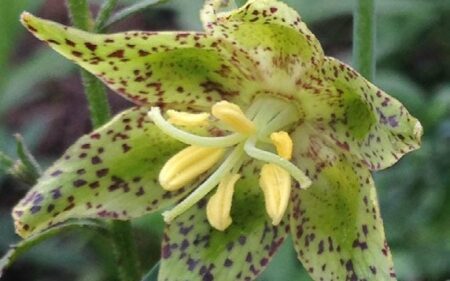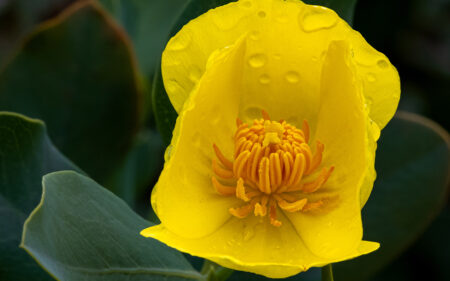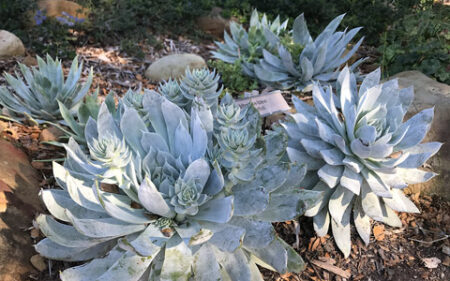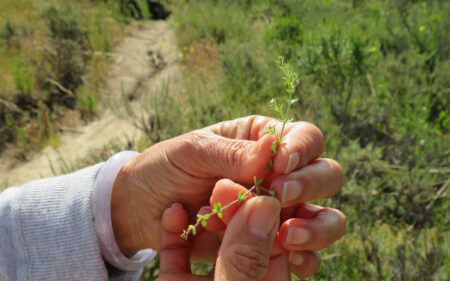Milkweed for Monarchs
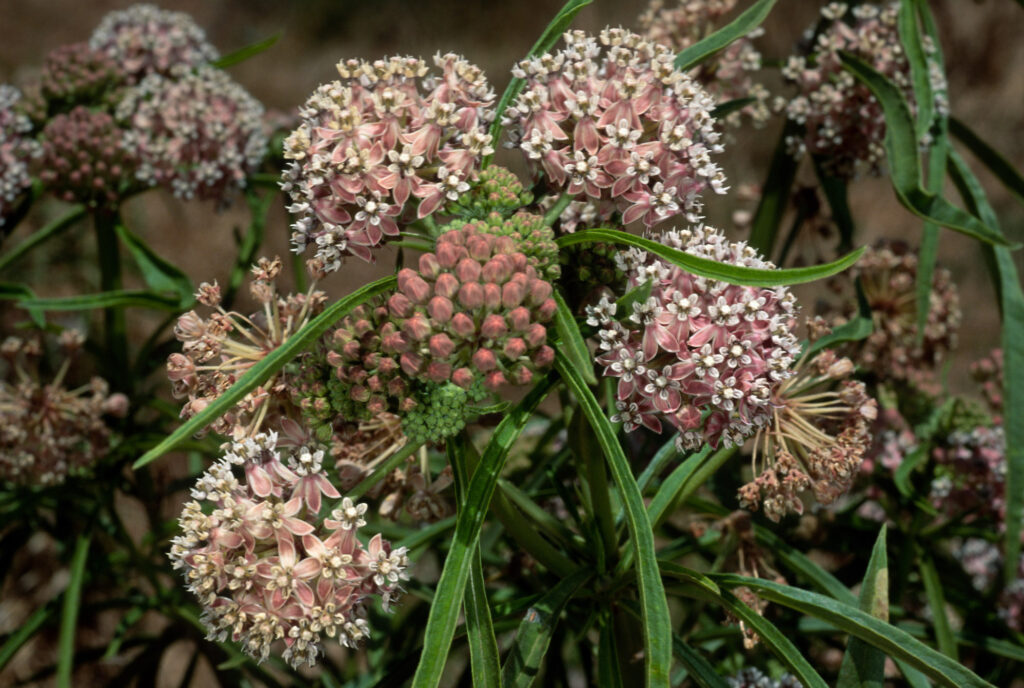
On July 21st of this year, migratory monarch butterflies were officially entered as Endangered on the International Union for Conservation of Nature (IUCN) Red List of Threatened Species.
The migratory monarch butterfly is a subspecies of the monarch butterfly that is widely known for its epic, thousands of miles long journey from summer breeding areas to winter feeding grounds, the only known butterfly to make a two-way migration like birds do. Migratory monarchs west of the Rocky Mountains venture west to the Pacific Coast of California, from Santa Cruz to San Diego, while monarchs in eastern North America migrate down to the oyamel fir forests of Mexico’s Sierra Madre de Oriental Mountains. While both populations are at risk of extinction, the western population of migratory monarchs is at grave risk, having declined by 99.9% from the 1980s to 2021, going from an estimated 10 million down to just 1,914 butterflies (one bright note, the count rebounded to 247,237 monarchs in 2022, a more than 100-fold increase from the previous year, and the highest total since 2016). The greatest threats to migrating monarchs, and indeed many other types of once common insects, are habitat destruction, climate change and increased insecticide and synthetic chemical use.
What can gardeners do to help reverse the decline of monarch butterflies?
Most significantly, people can transform their yards, dedicating at least a portion of their outdoor landscape to native plants. In particular, monarch butterflies require plants in the milkweed subfamily (Asclepiadoideae) as larval food sources to rear young caterpillars into adult butterflies. At the Garden, this often involves nurturing and allowing self-seeding milkweed plants to sprout, flower and complete their lifecycle, so they can serve as magnets for butterflies looking for food sources along their migratory journey. Of course, Santa Barbara Botanic Garden is located about 3 miles as the butterfly flies to the closest beach, and about 4 miles to Montecito’s Butterfly Beach, and 11 miles to the Goleta Monarch Butterfly Grove at Ellwood Mesa, so the rules around planting milkweed so close to overwintering areas are worth exploring.
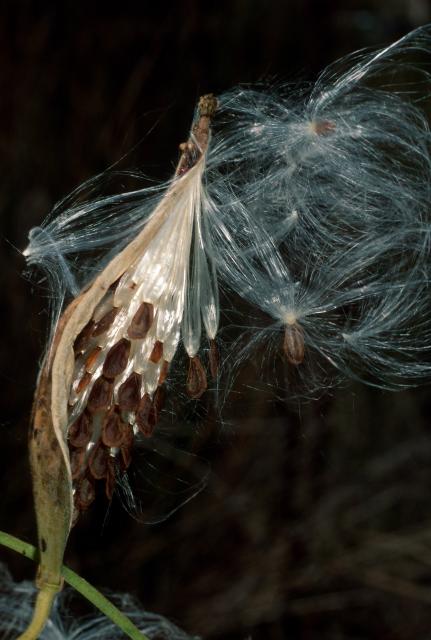
Something to note:
While many butterfly conservation organizations and websites advise planting milkweeds to support monarchs, the Xerces Society for Invertebrate Conservation cautions coastal Californians from planting milkweeds “within 5 miles of the coast north of Point Conception” while areas south of this area are within its natural distribution “so the 5-mile rule of thumb does not apply.” In both cases, however, planting milkweeds “too close to overwintering sites may interfere with monarch migration and overwintering behavior” so we advise not planting in areas directly adjacent to overwintering areas and protecting groves of trees used for butterfly roosting. The more you know!
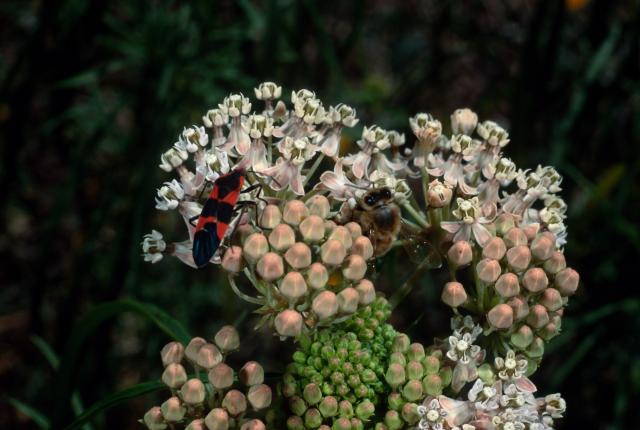
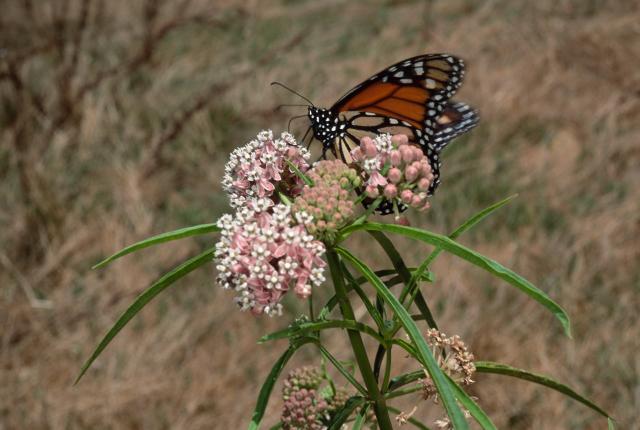
Not all milkweed are the same.
All that said, what should you plant in this area? In Santa Barbara County, we have three species of milkweed occurring naturally: Kotolo milkweed (Asclepias eriocarpa), narrow milkweed (A. fascicularis) and California milkweed (A. californica). Be aware that monarchs may use other plants in the Asclepiadoideae subfamily as well, that may occur natively in wild and wildland-urban interface areas. While milkweeds are in the process of senescing and ending their lifecycle as fall and winter approaches, our on-site nursery often has narrow milkweed for sale, which anyone can purchase, with or without admission to the Garden. This species is generally the most widely available in our area and is pretty common amid our collections along the Porter Trail and other areas of the Garden.
When planting milkweeds, I advise installing a patch of plants, rather than just adding one or two to your garden. Having more plants will ensure that there’s enough food for monarch caterpillars when they discover them, lay their eggs, and as caterpillars hatch and begin eating. As with most milkweeds, plants grow better with full sun in a well-drained location. Since milkweeds can support many types of insects, including milkweed bugs and aphids, you may choose to position your plants in an area where you can check on them for monarch activity, but not as a main focal point in the garden, where they might appear somewhat unsightly. Narrow milkweed grows between 2-3 feet tall, about 1 foot wide, and is winter deciduous in most winter gardens. As a perennial plant, narrow milkweed should come reliably back each growing year, provided the roots don’t rot with too much moisture in winter.
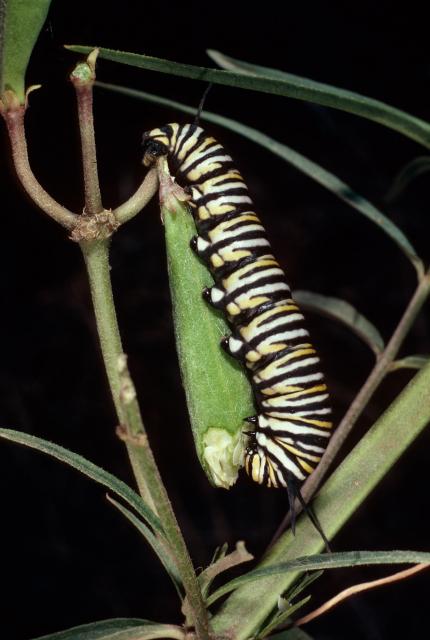
One species that we warn against planting is tropical milkweed (A. curassavica), which is an evergreen non-native milkweed that grows through winter.
Tropical milkweed commonly hosts Ophryocystis elektroscirrha (OE), a protozoan parasite that infects monarch butterflies and can easily spread between them, affecting their vitality and often deforming their wings and killing them. Unfortunately, I’ve seen this species for sale at more general Santa Barbara nurseries that stock an array of exotic plants.
With this knowledge, we hope you consider adding native milkweed plants to your yard in spring and summer to provide our migratory monarchs with the food they need to continue their journeys. Bonus: milkweed nectar is an important food source for many species of bees, butterflies, moths, skippers, and beetles, so in planting milkweed you are supporting a veritable food web in your landscape!
Additional resources
For information on which milkweeds are native to your area, use Calscape’s Asclepias ranges which provide detailed maps and the option to search for native plants by address. www.calscape.org
Map for known overwintering sites in coastal California: www.westernmonarchcount.org/map-of-overwintering-sites/
To participate in community science outreach, check out Western Monarch Milkweed Mapper and Western Monarch Count: www.monarchmilkweedmapper.org and www.westernmonarchcount.org
 Donate
Donate